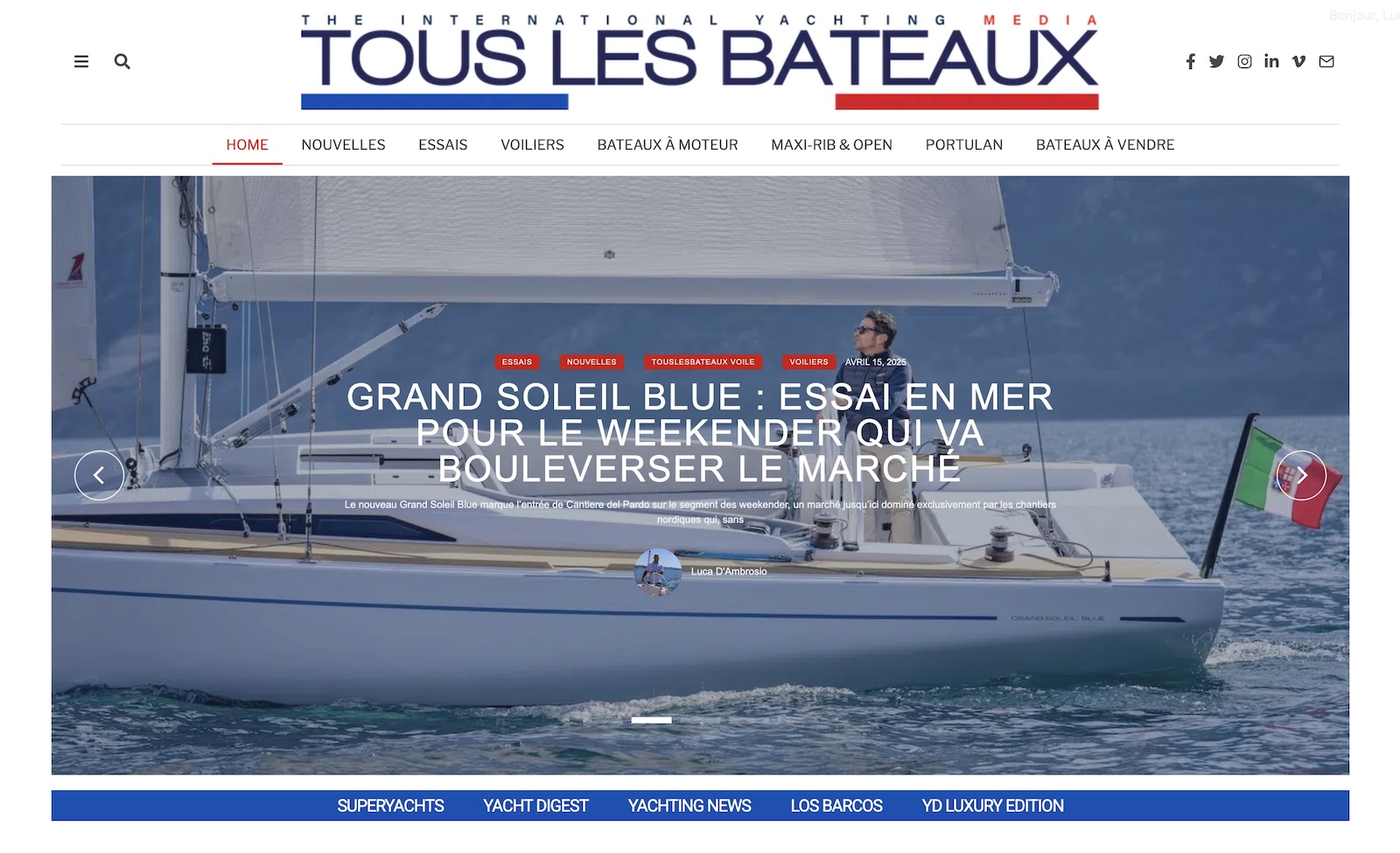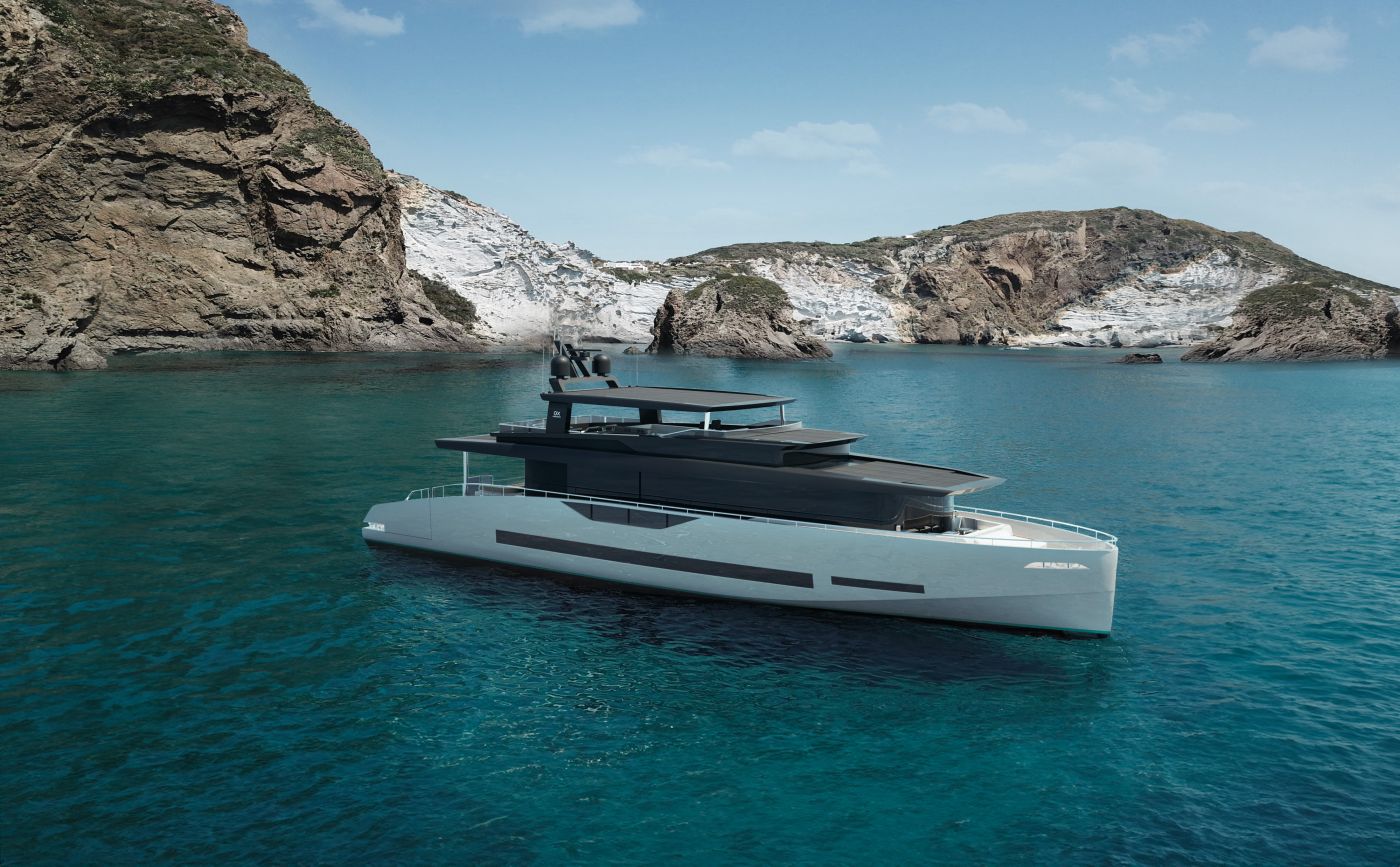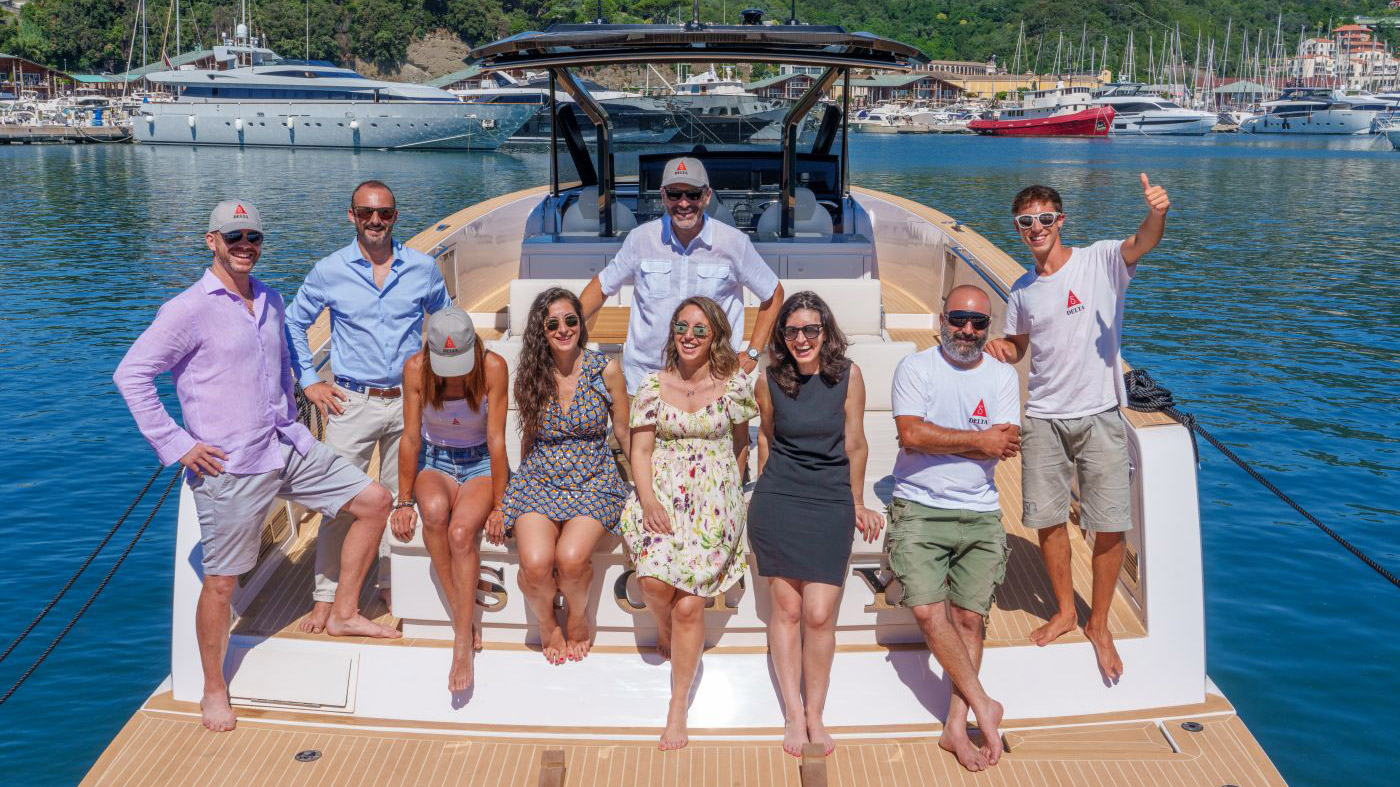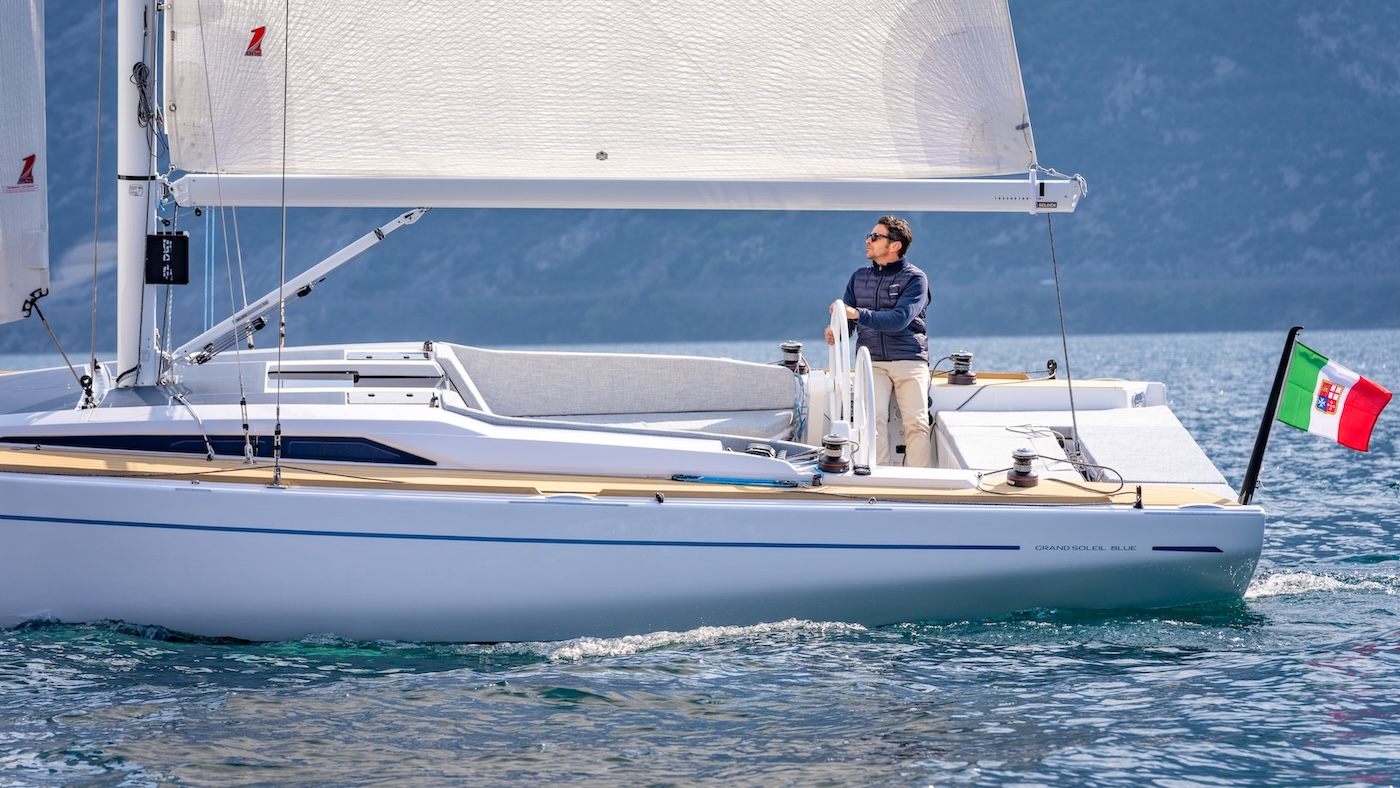Leggi l’articolo in italiano
A clean cut made by a resolute hand and a sharp blade. This is how the Corinth Canal appears. A groove dug in the rock, little more than 3 miles long and 25 metres wide. A thin wound cutting Greece in two, converting Peloponnese into an island and putting the Ionian and the Aegean Sea in communication.
Still today, 123 years after its inauguration, crossing it by boat causes some very strong feelings which start when you approach and try to find its entrance. Your position, compass and map navigator, everything suggests you’re on the right route but nothing of what you see confirms that the canal is really there until when the control tower and the entrance lights finally appear.
We crossed it by moving a boat from Turkey to Italy, passing through the Aegean and the Ionian Sea.
If you come from Athens, where we stopped over, we recommend to pay attention while passing through the commercial harbour of the Greek capital city. In addition to ships, there also lots of fast ferries passing through the harbour. If you sail at night, a real danger is represented by two floating wrecks, two old ferries abandoned with no lights, so very difficult to see.
Once this overcome, navigation goes on with no problem until the canal entrance, which is not easy to see. If visibility is good, you can see the lights and the control tower on the left at about one mile and half.
At about half-mile, you can start procedures. First of all, the radio call. The control authority of the canal is Isthmia Pilot. You can contact it on channel 11 of your VHF. The waiting time, for the entrance procedures and the payment, depends on traffic.
We are lucky: they let us enter immediately and, in only few minutes, we fill the form with our boat’s details, home port, destination, number of people on board; then, we pay the toll. For a 53-foot-boat, 322 Euros.
At this point, we waited for the blue flag (only one white light) to enter. The flag was in fact red (two white lights) so we couldn’t enter.
Finally, a call arrived on channel 11: “five minutes to the transit“. We were alone and we spent only 20 minutes to enter into the canal. Of course, procedures are longer if there are more boats.
We waited for the green light on the sides of the small submersible bridge. The signal finally arrived and the bridge disappeared under the water, by opening a little gap inside the canal.
Navigation is surprising to those who, like us, lives this experience for the first time. You sail in the middle of a surreal dimension, surrounded by very high walls which become higher and higher until reaching 90 metres. They are perfectly vertical and they are occasionally linked by some bridges we supposed impossible to pass with our mast. But, on the contrary, despite a limit of 52 metres, we passed.
The maximum speed allowed is 6 knots and it is partially conditioned by stream, between 1 and 3 knots, which, in its turn, is conditioned by wind direction. We crossed the canal in about 30 minutes at a speed of about 5.5 knots.
Near the exit, control authorities lower another hydraulic bridge. We passed through it and entered in the Corinth Gulf. The city sharing the same name is on the left, with a small equipped marina where you can stop. But today, the gulf invites us to go on, with a fresh 25-knot-wind pushing us towards the bridge of Rion, a real passage point in the Ionian Sea. The dreaded mistral, which can make the gulf crossing very difficult, hasn’t appeared, the modern Corinth is not unmissable, we are excited, so we go on towards Cefalonia. Behind us, an unforgettable experience.
https://youtu.be/72pR2PpOwHM
Description
The Corinth Canal is 3.2 miles long, 25 metres wide and 8 metres deep. The maximum height allowed for the transit is 52 metres.
The stream varies from 1 to 3 knots according to wind direction and strength.
Maximum speed: 6 knots
The canal is open 24 hours a day but it is closed on Tuesday from 06h00 to 18h00. Night passage costs more.
Day signals: blue flag means green light, red flag means stop
Night signal: one white light means green light, two white lights mean stop
Price: toll depends on the kind of boat, flag, use (if private or commercial), and length. As a reference, a private English 53-foot-sailing boat paid 322 Euros.
Control Authority: Isthmia Pilot, channel 11 (VHF)
Website: http://www.aedik.gr/






























